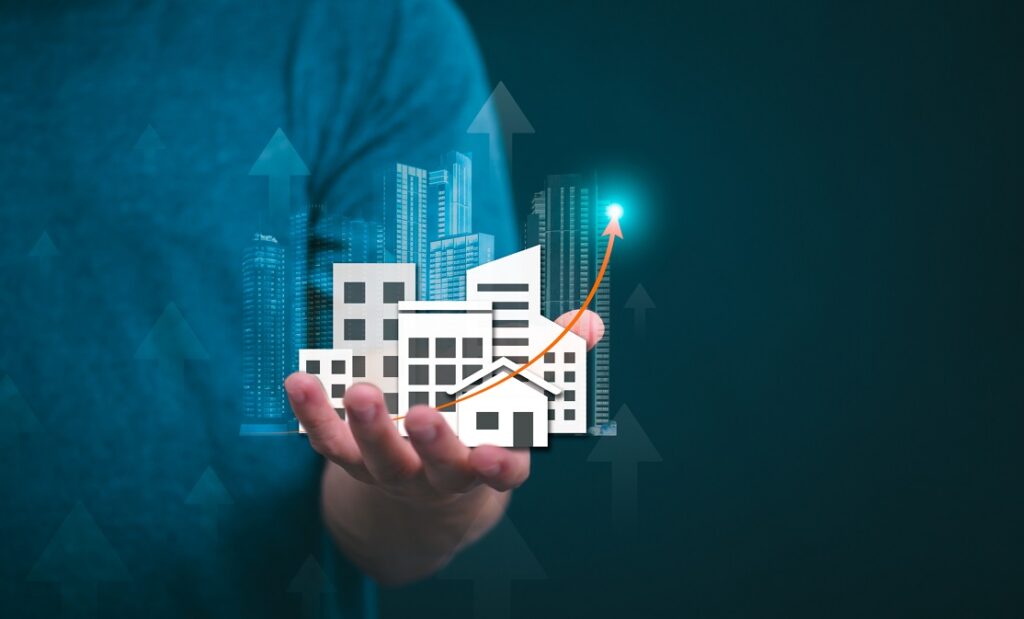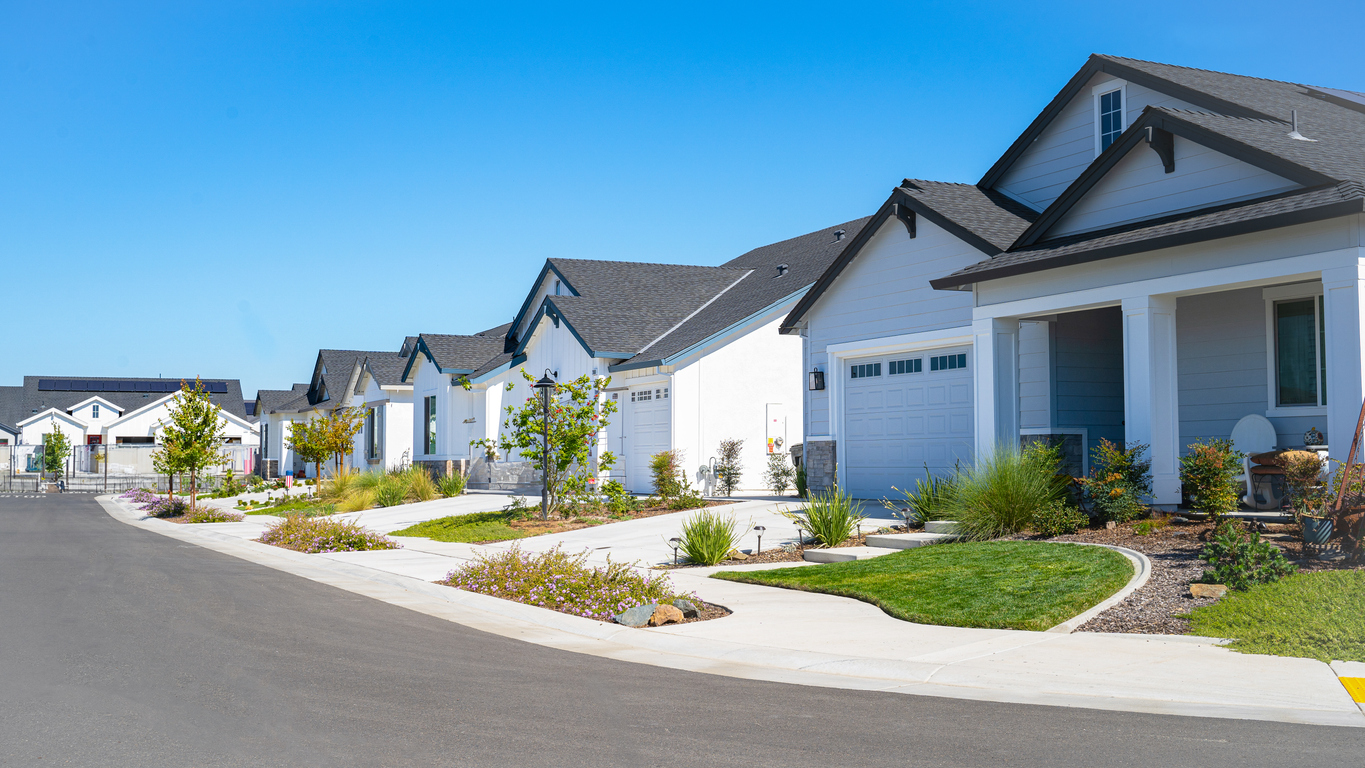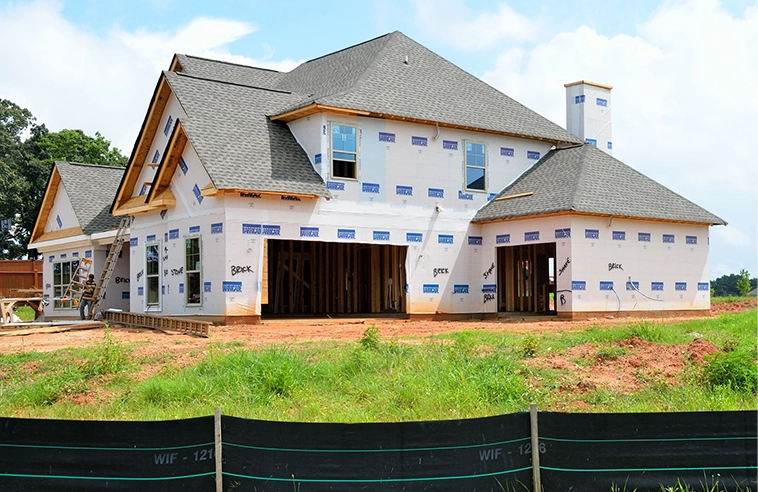Digital Twins
What is a digital twin?
Digital twins are exact digital replicas of physical objects, such as airplanes, nuclear steam turbines, or buildings — usually larger, more complex buildings, or even groups of buildings. The city of Las Vegas has a digital twin of a section of its downtown area.

Once a building is operational, facility managers can use digital twins to pinpoint problems and optimize things like energy use. The 3D digital model created during design and construction with Building Information Modeling (BIM) software is connected to the physical building’s sensors via the Internet of Things (IoT) .
Sophisticated buildings can be equipped with thousands of sensors that send data to the digital twin. This data can be analyzed by humans or, ideally, artificial intelligence. AI is much more able to deal with the vast quantity of data collected and to make use of it. There’s no point collecting data if it can’t be put to good use.
What kind of data can be collected and used in a digital twin?
Building sensors can collect data on numerous factors, including things like:
- Intensity of sunlight hitting each of the windows
- Number of people in each room
- Amount of energy the heating and cooling systems are using
- How often the hand dryers are used in each washroom
- Amount of water the building occupants use
- Humidity, temperature, air quality, etc.
As the cost of sensors decreases more buildings will be equipped with more sensors. Buildings with lots of sensors connected to a digital twin model are often called smart buildings.
What can be done with the data collected in a digital twin?
Digital twin data can be used to discover trends and adjust future operations
For example, based on how much various systems are used and measurements of how well they’re functioning, maintenance and repairs can be scheduled. This reduces waste (and lowers costs) by preventing premature repairs or parts replacement. But it also reduces the risk of equipment breakdown — because performance is constantly monitored.
Patterns of congestion could be discovered in a hospital, for example, leading to changes in how foot traffic is directed at different times of day.
Historical data from one building can be used to inform decisions when designing future buildings.
Digital twin data can be used to trigger immediate actions
For example, if building sensors detect that there are no occupants on a particular floor, it can turn off all the lights on that floor. If the building is sophisticated enough, tinted windows could lighten or darken depending on how much light is hitting the windows and the indoor and outdoor temperatures. The angle of louvres on the outside of the building could change to either direct more sunlight into the building or to shield it from glare.
Sensors attached to trash cans and recycling bins can detect how full they are and housekeeping staff can be notified when they need to be emptied — avoiding time-wasting manual checking. (Tracking this kind of data over time can also indicate locations where fewer or more bins are needed.)
Daily cleaning can be made more efficient. If occupancy data is collected for an office building, for example, a heatmap can be generated each evening showing how much various areas have been used during that day. How much the hand dryers in different washrooms have been used can indicate how busy each washroom has been. Cleaning staff can be allocated based on the heatmap. Cleaning robots can even be directed around the building, with no human intervention.
Further reading
What is a digital twin? (Autodesk)
5 Digital Twin Examples Show Industry Adapting to the 21st Century
Digital twins: Taking modular construction to the next level




